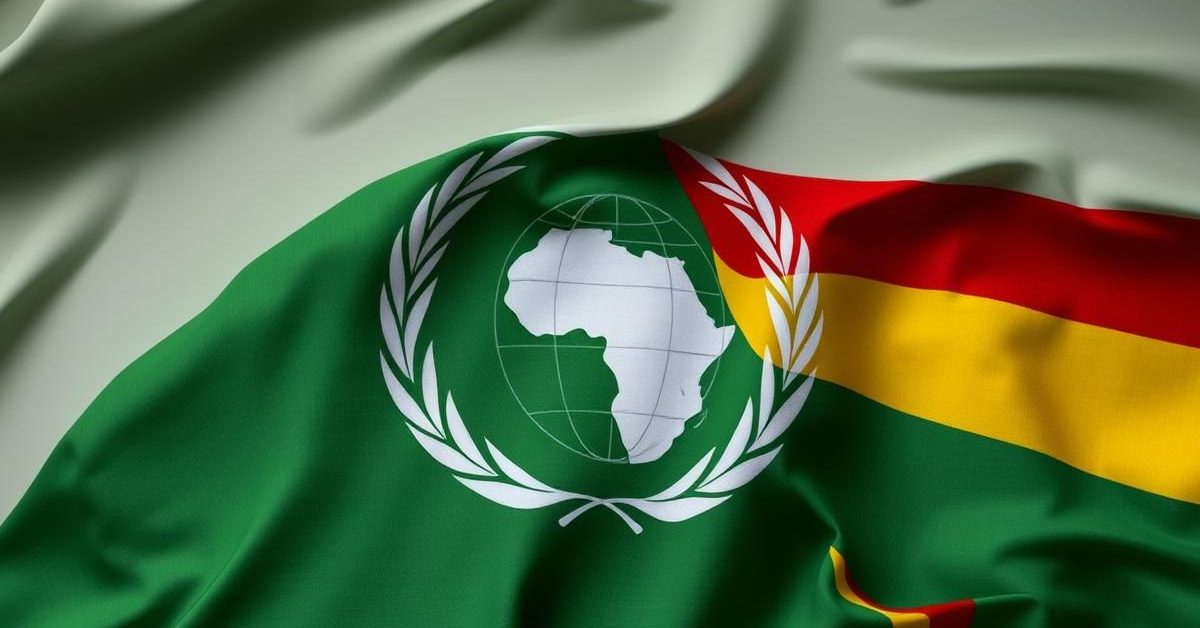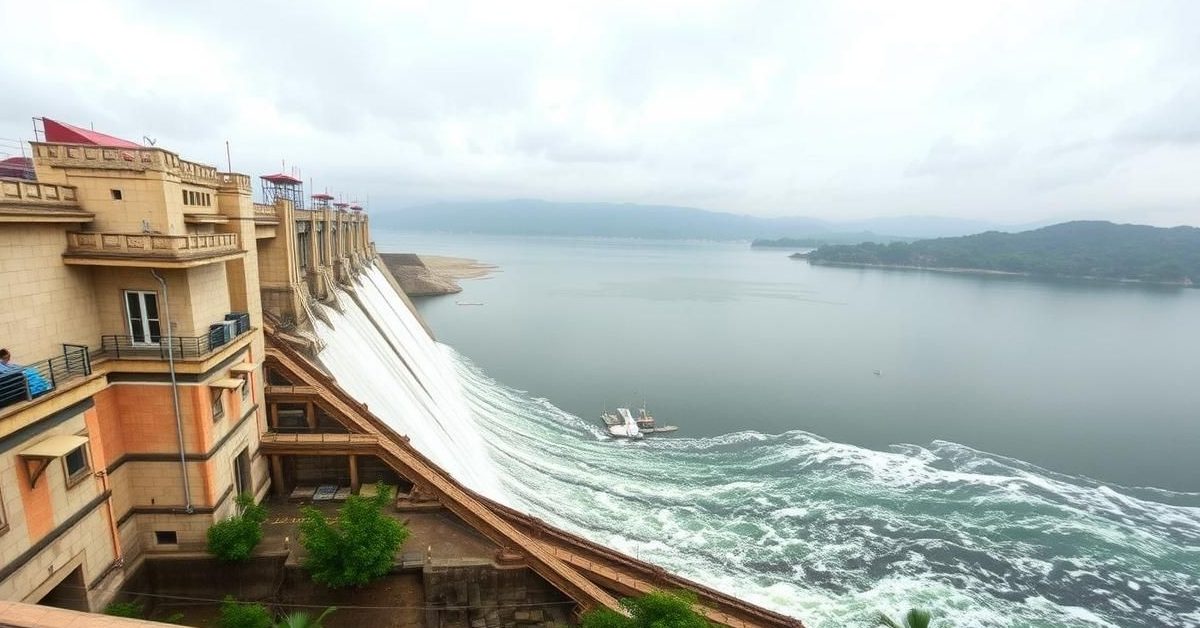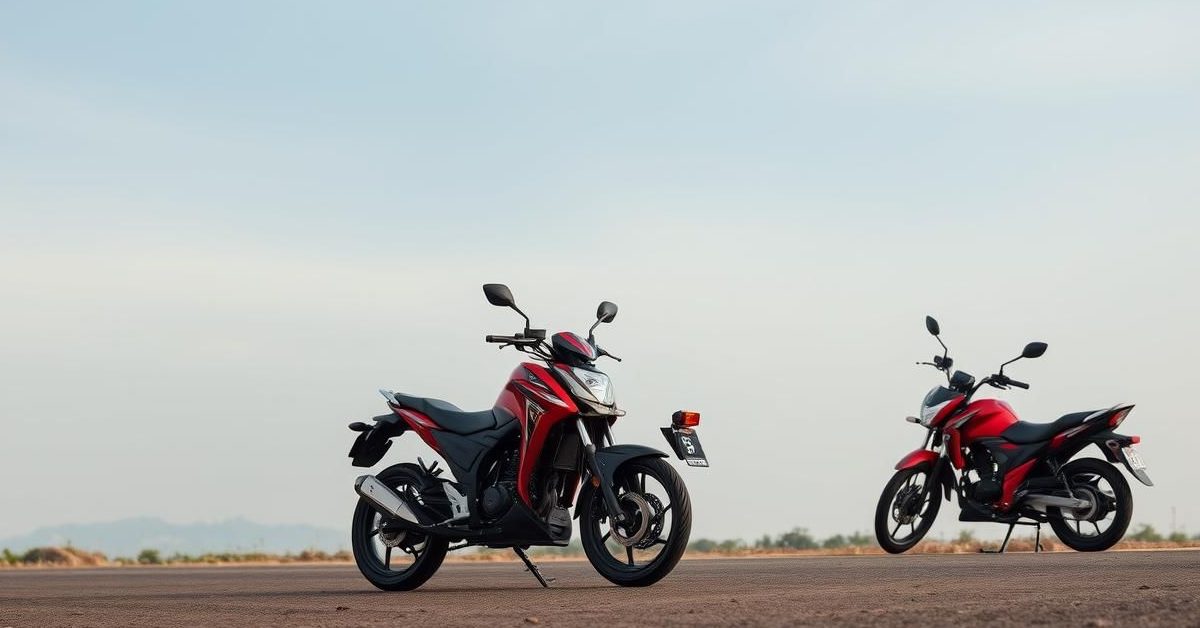This article highlights significant recent developments across various sectors, from India’s renewed diplomatic ties with Syria and advancements in wildlife conservation to critical global economic shifts and a groundbreaking space mission.
India Reaches Out to New Syrian Government
India has made its first official contact with Syria’s transitional government since the fall of the Assad regime last year. A senior Indian Ministry of External Affairs official, M Suresh Kumar, met with Syrian ministers in Damascus.
Discussions focused on enhancing collaboration in healthcare, pharmaceutical manufacturing, and medical training. Both sides also deliberated on scholarship programs for Syrian students and specialized engineering initiatives for government employees, aiming to rebuild and strengthen Syria’s national systems.
Kaziranga’s Soaring Tiger Population
The Kaziranga Tiger Reserve now boasts the world’s third-highest tiger density, with an estimated 18.65 tigers per 100 square kilometers. A recent large-scale monitoring initiative, using 293 camera traps, identified 148 tigers, a significant increase from 104 in 2022.
The rise is partly attributed to the inclusion of Biswanath Wildlife Division in the sampling for the first time. Despite conservation successes, challenges like habitat fragmentation and human-wildlife conflict persist, underscoring the need for adaptive management strategies.
India-UK Trade Deal: A New Economic Blueprint
The formal signing of the India-UK Comprehensive Economic and Trade Agreement (CETA) marks a pivotal moment in India’s trade strategy. This ambitious agreement goes beyond traditional trade, covering commitments and harmonization on various national economic policies.
CETA offers unprecedented duty-free access to 99% of India’s exports to the UK, boosting sectors like textiles, leather, and engineering goods. It also eases mobility for professionals in IT, healthcare, and finance, reflecting India’s growing reliance on bilateral and regional trade pacts in a changing global economic landscape.
Examining India’s State Finances
The fiscal health of Indian states shows a widening combined fiscal deficit, largely driven by an increase in revenue deficit. This trend suggests that limited borrowing space is being used to fund revenue expenditure, which is generally less productive than capital spending.
While central assistance has supported states’ capital expenditure, the overall incremental capital spending by states has slowed. This highlights the ongoing challenge of balancing revenue needs with investment in infrastructure and long-term growth.
India Rethinks China Stance for Tech Manufacturing
India is re-evaluating its “China-out” strategy, initially adopted in response to 2020 border clashes, to boost tech manufacturing. Recent recommendations from NITI Aayog suggest easing foreign direct investment rules for Chinese firms.
Despite earlier restrictions, India heavily relies on Chinese electronic components for its domestic assembly processes. This recalibration aims to leverage global supply chain shifts and attract necessary investments to strengthen India’s electronics manufacturing footprint, balancing national security with economic growth ambitions.
Global Recognition for Palestine Gains Momentum
The UK has announced plans to recognize a Palestinian state by September, provided Israel agrees to a ceasefire in Gaza and commits to a lasting peace process. This follows a similar announcement by French President Emmanuel Macron.
Israel has condemned these moves, viewing them as a “reward for Hamas” and an impediment to peace efforts. The developments reflect growing international pressure for a two-state solution amid the ongoing humanitarian crisis in Gaza.
Gaza Faces Impending Famine
Food crisis experts warn of a “worst-case scenario of famine” unfolding in the Gaza Strip. The Integrated Food Security Phase Classification (IPC), a global hunger monitor, reports mounting evidence of widespread starvation and malnutrition.
The IPC’s latest data indicates that famine thresholds for food consumption have been reached in most of the war-torn enclave. This dire situation is exacerbated by Israeli-imposed blockades and military operations, severely restricting aid access and leading to a “man-made famine.”
NISAR: A Collaborative Leap in Earth Observation
The NASA-ISRO Synthetic Aperture Radar (NISAR) satellite, a joint venture between India and the US, is set for launch. This highly anticipated satellite is designed to be the most powerful Earth observation tool in space.
NISAR’s unique feature is its two Synthetic Aperture Radars (SARs), operating in L-band and S-band frequencies. These radars can penetrate clouds and vegetation, providing unprecedented detailed views for studying climate change, geological shifts, and changes in biomass and ice cover. It represents a significant technological and collaborative achievement.
Kaziranga’s Pioneering Grassland Bird Census
Kaziranga National Park conducted its first-ever grassland bird census, utilizing innovative passive acoustic recording technology. This method effectively surveys small, camouflaged birds by recording their calls during the breeding season.
The survey identified 43 grassland bird species, including several globally threatened ones, and notably discovered a breeding colony of the endangered Finn’s Weaver. This initiative provides crucial insights into the health of the ecosystem, with grassland birds serving as key indicators.
- India is initiating diplomatic engagement with Syria’s new transitional government, focusing on healthcare and education.
- Kaziranga Tiger Reserve has achieved the third-highest tiger density globally, a testament to conservation efforts.
- The India-UK CETA signifies a landmark shift in India’s trade policy, prioritizing bilateral agreements and opening new export avenues.
- Indian states face fiscal challenges with rising revenue deficits impacting capital expenditure.
- India is strategically adjusting its stance on Chinese investment to bolster domestic tech manufacturing.
- The UK and France are moving towards recognizing a Palestinian state, intensifying international pressure on Israel.
- Gaza is experiencing a severe hunger crisis, with experts warning of an imminent famine due to conflict and aid restrictions.
- The NISAR satellite, a joint NASA-ISRO mission, will provide unprecedented Earth observation data for environmental research.
- Kaziranga’s innovative grassland bird census revealed a healthy ecosystem and a new breeding colony of an endangered species.
These diverse developments underscore the dynamic landscape of global diplomacy, economic strategy, environmental conservation, and scientific advancement shaping the world today.















